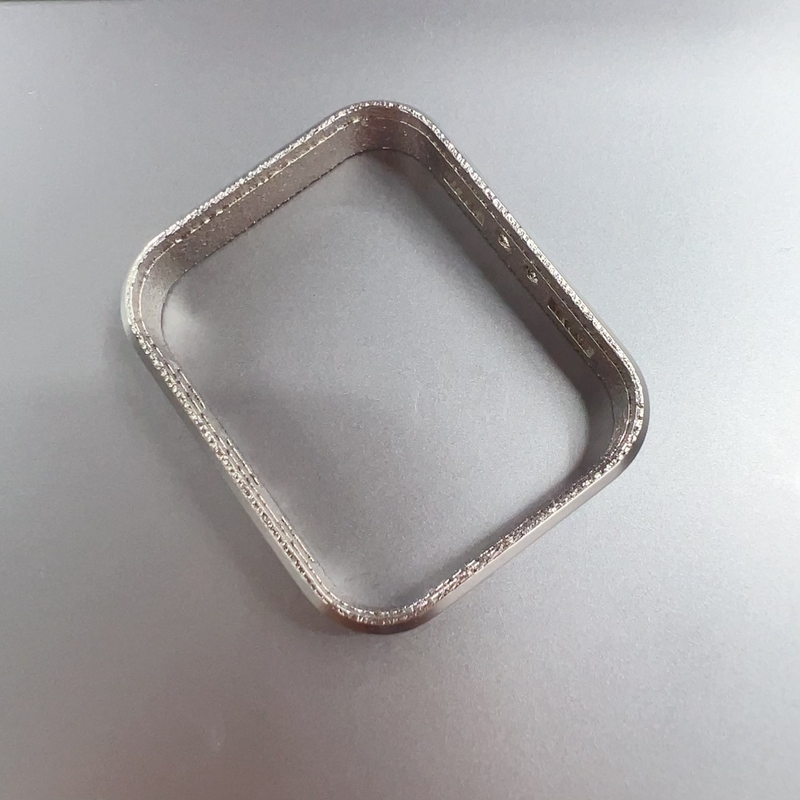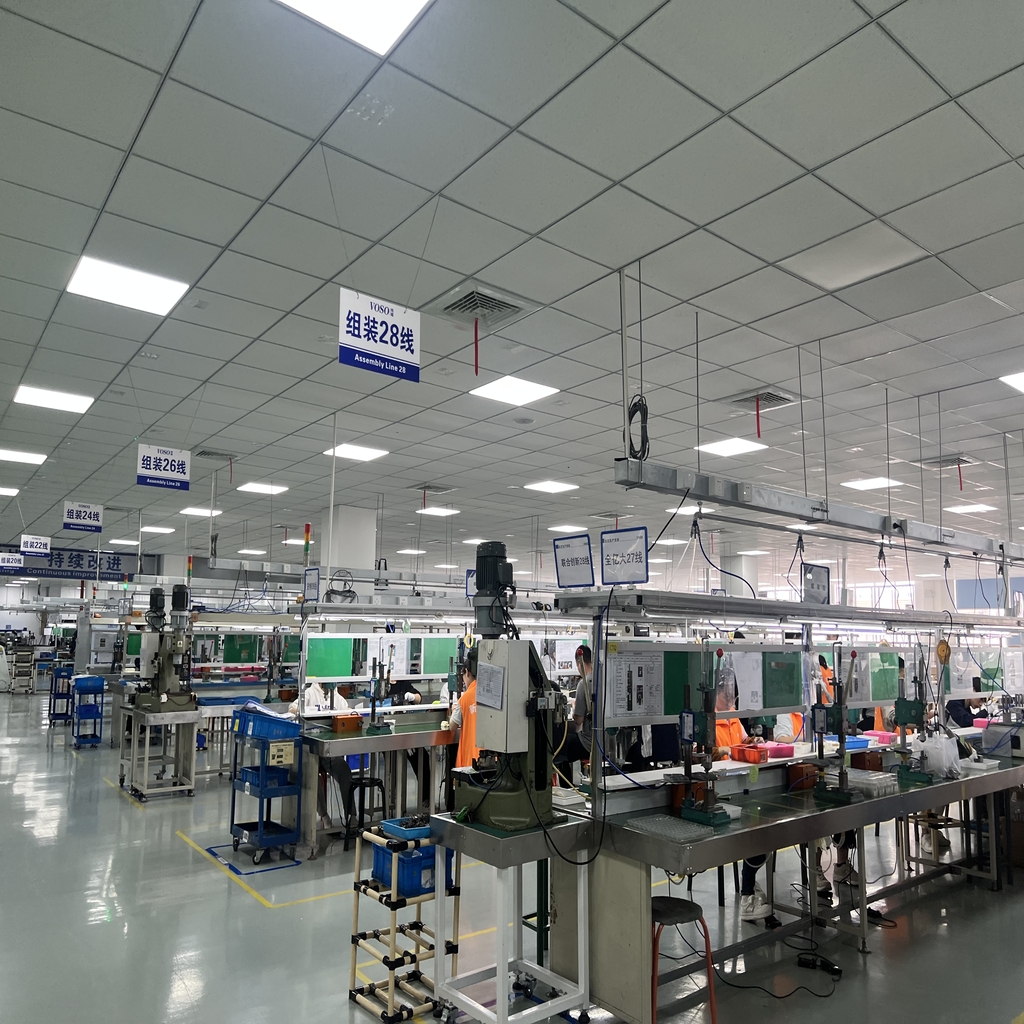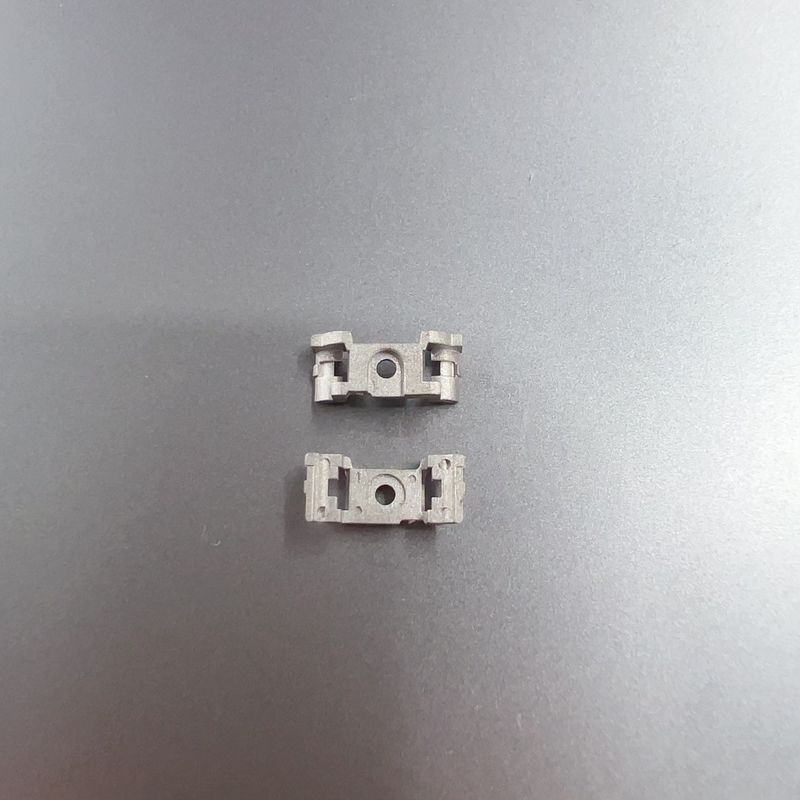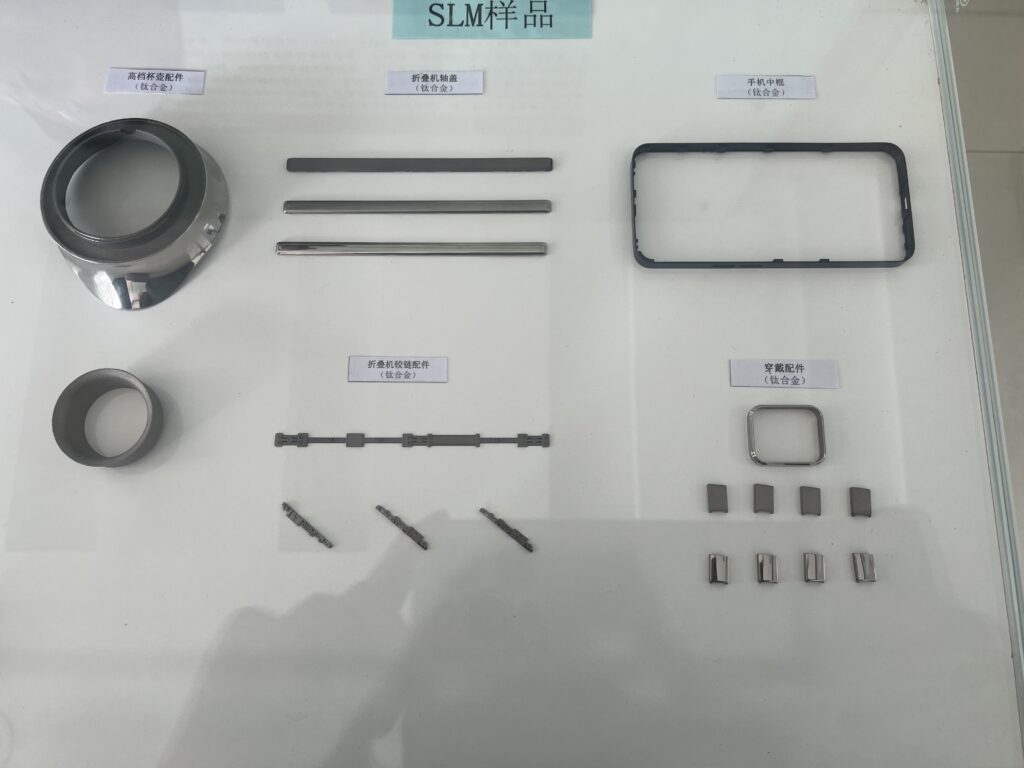3D Printing Additive Manufacturingin Electronics
3D printing: also known as additive manufacturing, is a rapid prototyping technology. 3D printing is a technology that uses adhesive materials such as powdered metal or plastic to construct objects by printing layer by layer based on digital model files.
Traditional process: The manufacturing technology used is subtractive manufacturing, which mainly produces the required parts by removing material.
3D printing has advantages over traditional processes.
1) Suitable for manufacturing complex objects.
2) Save materials and reduce costs.
3) Shorten the R&D and manufacturing cycle.
4) Lightweight and integrated molding.
5) Meet customization needs.

Table of Contents

To save you time, we have also prepared a PDF version containing all the contents of this page, only leave your email and you will get the download link immediately.
How 3D Printing is Disrupting Consumer Electronics
The use of 3D printing in consumer electronics provides several advantages, such as:
Streamlining and Simplifying Product Development: Rapid prototyping accelerates design iterations and speeds up the development cycle, helping companies bring new products to market faster.
Enhanced Design Flexibility: Designers can create lighter, better-performing components while integrating separate parts into a single unit.
Personalization: Customers can personalize accessories and electronics for their specific preferences.
Inventory Management: On-demand production optimizes supply chains and inventory, reducing waste.
In the competitive consumer electronics market, releasing new models quickly is crucial. Companies like Apple, Samsung, and Microsoft have embraced 3D printing to stay ahead. Additionally, they use the technology for R&D, manufacturing, and producing custom accessories.
- Streamlining and Simplifying Product Development
- Enhanced Design Flexibility
- Personalization
- Inventory Management
Honor and Apple introduced titanium alloy 3D printing technology, leading the industry’s technology iteration. In July 2023, the folding screen mobile phone Magic V2 released by Honor used titanium alloy 3D printing technology on a large scale for the first time. This technology is mainly used for the shaft cover part of the hinge. This is the first time that 3D metal process structural parts have been used on a large scale on a mobile phone. use. Compared with previous stainless steel and aluminum alloy materials, titanium alloy can better combine the characteristics of strength and thinness, thereby reducing the thickness and weight of mobile phones and improving strength. At the same time, Apple has obtained a total of 8 patents related to titanium alloy materials. In the future, it is possible to replace the previous aluminum alloy with titanium alloy for the middle frame structural parts of the iPhone 15. In addition, Samsung, OPPO, vivo and other companies are currently accelerating communication and testing with the supply chain, trying to use titanium alloy technology in next-generation products.
Applications of 3D Printing in Consumer Electronics

Rapid Prototyping:
Rapid prototyping allows manufacturers to test and validate designs early in development. By shortening the time between iterations, more tests can be conducted, leading to optimized products.
Electronics Enclosures:
3D printing helps manufacturers produce stylish yet functional enclosures to protect internal components. These enclosures can be lighter, stronger, and more precisely fitted than traditional housings.
Protective Cases:
Protective cases safeguard devices from falls, spills, and knocks. 3D printing provides customization options in weight, strength, color, and texture, offering endless design choices for consumers.
3D Printing Circuit Boards
3D-printed circuit boards (PCBs) are an emerging area in consumer electronics. By printing circuits directly or creating hollow channels to fill with conductive material later, PCBs can be produced faster and more efficiently.
Is 3D printing suitable for mass production?
In the past, 3D printing was mainly used for the supply of “multi-variety, small-batch” products. 3D printing is capable of rapid prototyping and can be used to produce many types of products. At the same time, in the case of small batches, 3D printing technology is superior to traditional manufacturing processes in terms of cost, speed and flexibility.
Taking the production of 500 pieces of FUNMAT PRO 410 nozzle covers as an example, the cost of producing a single nozzle cover using traditional injection molding is 55% higher than that of 3D printing. 3D printing technology has been introduced into the field of consumer electronics, and JHMIM has started mass production.

Custom-Fit Devices and Reducing E-Waste
The integration of 3D printing in consumer electronics supports sustainable practices, particularly in reducing e-waste. By producing custom-fit parts and accessories on demand, manufacturers can help customers replace broken or worn-out components rather than discard entire devices.
How Much Dose 3D printing Cost ?
Despite the COVID-19 pandemic, we were able to adjust our delivery process so you get your order in a fast and efficient manner. Here’s a step-by-step look at how we send your order to you.
3D technological progress, cost reduction and efficiency improvement are the prerequisites for the large-scale application of 3D printing in the field of consumer electronics. The cost of 3D printing materials and equipment is declining rapidly. The price of metal 3D printing powder in my country continues to decline. The average selling price of homemade metal 3D printing powder dropped from 1.4448 million yuan/ton in 2020 to 781,900 yuan/ton in 2022, a decrease of 45.9%. The downward trend in laser prices is obvious. The price of 3kW fiber lasers in my country dropped from $57.000 /unit in 2018 to $15.000 unit in 2021, a decrease of 75.0%. The average price of laser galvanometers in my country has dropped from 2,225.71 yuan/set in 2017 to 2,139.43 yuan/set in 2021. As costs fall, the 3D printing consumer electronics market is expected to open up. At present, the material cost of titanium alloy shaft cover is about $4, and the processing cost is between $28-$30. In the future, as the mass production of 3D printing technology is further scaled up and the yield rate is further improved, it is expected to bring about a reduction in marginal costs. Further price declines are expected to drive the expansion of 3D printing in consumer electronics applications and open up market space.
Contact Coconutio to Start Your Business
Have a look at how some of our clients perceive our goods and services:

